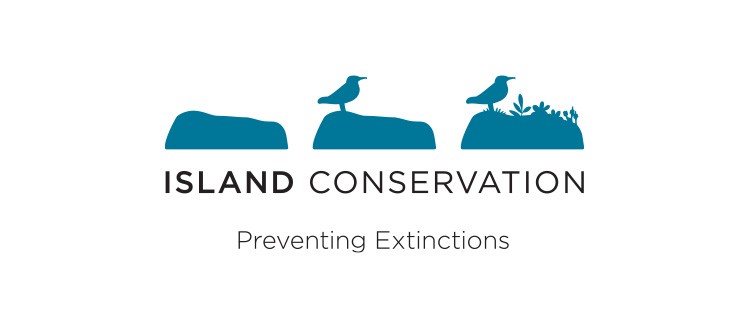May 19, 2025
UNOC 3 Position Paper
Read our position paper on The 3rd United Nations Ocean Conference (UNOC 3) to see why we're attending and what we aim to accomplish!
We use cookies to help you navigate efficiently and perform certain functions. You will find detailed information about all cookies under each consent category below.
The cookies that are categorized as "Necessary" are stored on your browser as they are essential for enabling the basic functionalities of the site. ...
Necessary cookies are required to enable the basic features of this site, such as providing secure log-in or adjusting your consent preferences. These cookies do not store any personally identifiable data.
Functional cookies help perform certain functionalities like sharing the content of the website on social media platforms, collecting feedback, and other third-party features.
Analytical cookies are used to understand how visitors interact with the website. These cookies help provide information on metrics such as the number of visitors, bounce rate, traffic source, etc.
Performance cookies are used to understand and analyze the key performance indexes of the website which helps in delivering a better user experience for the visitors.
Advertisement cookies are used to provide visitors with customized advertisements based on the pages you visited previously and to analyze the effectiveness of the ad campaigns.

Ashy storm-petrels are nesting on the island for the first time ever recorded and Cassin’s auklets have expanded their territories in the absence of rats as predators. Significantly, the number of Scripps’s murrelets nests has quadrupled with a 50 percent increase of eggs hatched.
Rats are known to have negative impacts to island ecosystems. Rats are the most significant cause of bird extinctions on islands and are estimated to be responsible for half of bird and reptile extinctions worldwide.
Island Conservation North America Regional Director Gregg Howald said, “Nowhere are the threats of extinction higher than on islands, and nowhere do we have greater opportunities to save species at risk. This successful project demonstrates the value of this critical conservation tool for other islands around the globe.”
Scientists from the National Park Service, University of California at Santa Cruz, California Institute of Environmental Studies, and Partnership for Interdisciplinary Studies of Coastal Oceans and Island Conservation will publish a report on the results of this noteworthy conservation effort later this year.
To view this film on Youtube, click here: http://youtu.be/RDJgMt19GRI
Check out other journal entries we think you might be interested in.
Notifications